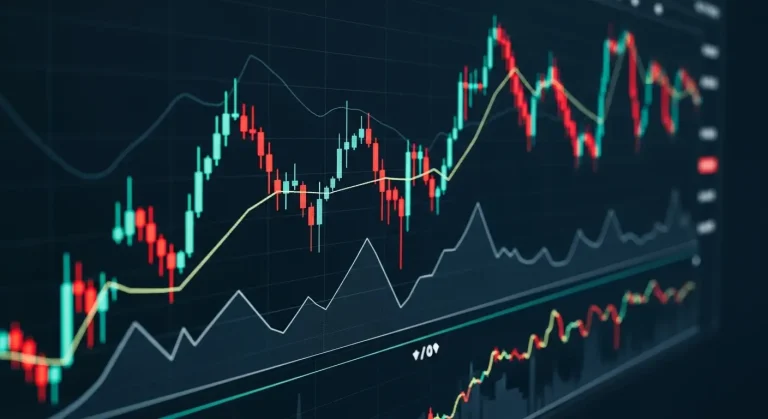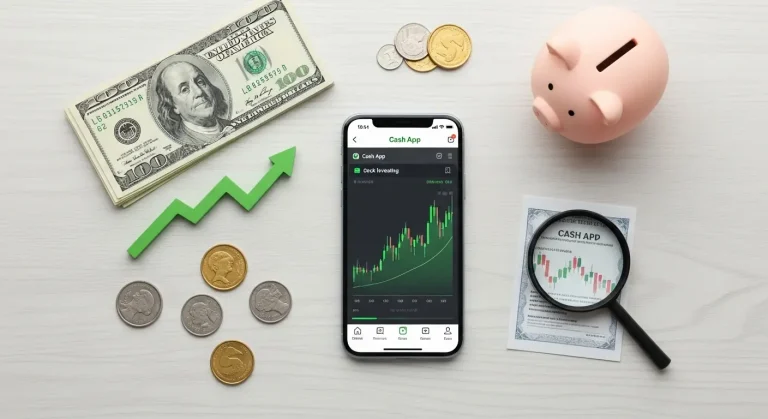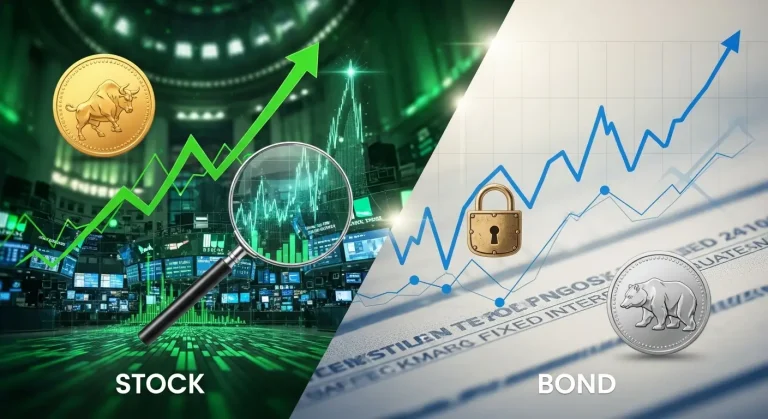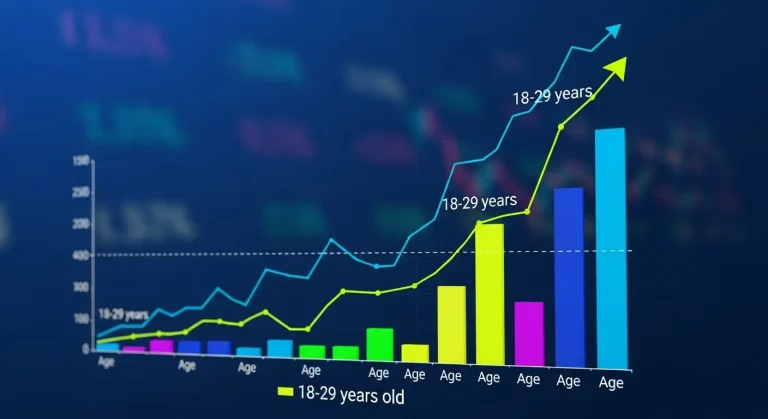Enbridge, one of North America’s largest energy infrastructure companies, has long been a staple for investors, particularly for those seeking stable dividends. However, in recent months, many have begun questioning whether the stock is still a good investment. This article delves into the current state of Enbridge stock, analyzing the factors that have led to its recent struggles. We will explore whether investors should consider buying or selling, and what challenges the company faces today.
Understanding Enbridge’s Current Stock Performance
Enbridge (ENB) is a major player in the energy sector, primarily focusing on the transportation of crude oil and natural gas. Historically, its stock has been viewed as a solid investment, especially due to its consistent dividend payouts. But, in recent times, Enbridge stock has been underperforming, sparking debates on whether it is a wise choice for investors.
At its core, Enbridge’s stock is facing several challenges that have led to its lower-than-expected performance. The company’s stock price has been volatile, with fluctuations due to various internal and external factors. Understanding the reasons behind these fluctuations is key to determining whether now is the time to buy or sell Enbridge shares.
What Is Wrong with Enbridge Stock Today?
Market Volatility and Economic Concerns
One of the primary factors affecting Enbridge’s stock performance is broader market volatility. Energy companies, particularly those involved in oil and gas, are highly sensitive to fluctuations in global oil prices. The unpredictability of oil prices, often influenced by geopolitical tensions, supply chain issues, and environmental policies, contributes to market instability. For Enbridge, any drop in oil prices directly affects its revenue from transporting crude oil, which is a significant portion of its business.
The global economy also plays a role in Enbridge’s stock performance. Economic slowdowns or recessions can lead to reduced energy consumption, which may, in turn, lead to lower demand for transportation services. This relationship between the global economy and energy demand makes Enbridge susceptible to macroeconomic factors beyond its control.
Regulatory Challenges and Environmental Concerns
Enbridge has also faced regulatory hurdles, especially related to environmental concerns. The company operates several pipeline systems, some of which have faced opposition from environmental groups and local communities. For instance, the Line 3 replacement project, which stretches across Canada and the U.S., has been controversial. Environmental advocates argue that the project exacerbates climate change, leading to public backlash.
In addition to the protests, Enbridge has had to navigate a complex regulatory landscape. Delays in obtaining permits, legal challenges, and the pressure to adhere to stricter environmental regulations add uncertainty to the company’s financial outlook. These factors have contributed to the volatility in Enbridge’s stock price, as investors remain unsure about the company’s ability to weather future regulatory and environmental challenges.
Increased Debt Load
Another significant factor affecting Enbridge’s stock is its growing debt burden. The company has been involved in several large-scale acquisitions and projects in recent years, which have increased its overall debt. While debt is common in capital-intensive industries like energy, the rising debt load could potentially limit Enbridge’s financial flexibility and reduce its ability to invest in future growth.
Higher debt levels can also impact the company’s credit rating, making it more expensive to borrow in the future. For investors, the company’s ability to manage its debt load is a key concern. If Enbridge’s debt becomes unsustainable, it could result in dividend cuts or reduced capital expenditures, further impacting its stock price.
Dividend Sustainability and Market Sentiment
Enbridge has a long history of paying out dividends, which has been one of the key attractions for investors. However, with the stock’s recent performance and the company’s growing debt load, many are questioning the sustainability of its dividend policy. Investors are concerned that Enbridge may struggle to maintain its current dividend payout, especially if its cash flow is impacted by regulatory challenges or falling energy prices.
While the company has not explicitly stated that it plans to cut dividends, there is a growing sentiment in the market that the dividend might be at risk. If the company does reduce its dividend, it could have a negative impact on investor sentiment, as many investors are drawn to Enbridge for its reliable payouts.
Shifting Energy Landscape
The shift towards renewable energy and away from fossil fuels is another factor affecting Enbridge’s long-term outlook. As governments around the world set more ambitious climate targets and push for cleaner energy, traditional energy infrastructure companies like Enbridge could face headwinds. The company’s reliance on fossil fuels and its large pipeline network may become less attractive to investors as the world moves towards greener energy sources.
Enbridge is aware of this shift and has made efforts to diversify its energy portfolio by investing in renewable energy projects, such as wind and solar. However, the company is still heavily dependent on its fossil fuel infrastructure, and it will take time to transition fully to cleaner energy. This transition period could be challenging, both financially and operationally, and investors are watching closely to see how well Enbridge adapts to the evolving energy landscape.
Visit Fintech Revo homepage for more amazing articles.
Is Enbridge Stock a Buy or Sell?
Arguments for Buying Enbridge Stock
Despite the challenges, there are reasons why investors might consider buying Enbridge stock. The company remains a dominant player in the North American energy sector, with extensive infrastructure and a diversified portfolio. Its pipeline assets provide a steady stream of revenue, and the company has been able to secure long-term contracts with oil and gas producers, which can offer stability even in volatile markets.
Moreover, Enbridge’s foray into renewable energy is a promising sign for those looking to balance traditional energy with a transition to greener solutions. The company’s investments in renewable energy, while still a small part of its overall business, could position it well for the future.
Finally, if the stock is trading at a lower price due to current market volatility, it could present an opportunity for value investors. With a solid dividend history and the potential for recovery in energy prices, Enbridge could be a solid long-term investment for those willing to weather short-term market fluctuations.
Arguments for Selling Enbridge Stock
On the flip side, there are compelling reasons to sell Enbridge stock, particularly for investors looking for more stability or a cleaner energy investment. The company’s heavy reliance on fossil fuels and its large debt load are significant risks, especially if the company’s future growth prospects are constrained by environmental regulations or a shift towards renewable energy.
Furthermore, concerns about the sustainability of its dividend payments make Enbridge stock less attractive for income-focused investors. If the company faces continued challenges in maintaining its payout, its appeal as a dividend stock will diminish.
The Future of Enbridge Stock: What Lies Ahead?
Enbridge’s future largely depends on its ability to navigate the energy transition and manage its debt effectively. As the company works to balance its traditional energy business with investments in renewable energy, it may be able to offer long-term growth potential. However, short-term risks remain, especially related to regulatory hurdles, market volatility, and its ability to sustain its dividend payments.
For investors, the decision to buy or sell Enbridge stock depends on their risk tolerance and investment strategy. Those who are comfortable with short-term volatility and believe in the company’s long-term prospects may see this as an opportunity to buy. However, for those concerned about the risks associated with its debt load and environmental challenges, it might be prudent to consider selling or avoiding the stock.
Conclusion
In summary, there are several factors contributing to the underperformance of Enbridge stock, from economic volatility and regulatory challenges to concerns over its dividend sustainability. While the company remains a major player in the energy sector, its future performance will depend on how effectively it adapts to the changing energy landscape and manages its financial obligations. Investors need to carefully weigh the risks and rewards before making a decision to buy or sell.
FAQs
What factors influence the price of Enbridge stock?
The price of Enbridge stock is affected by various factors, including global oil and gas prices, economic conditions, supply and demand for energy, regulatory changes, and investor sentiment. A drop in oil prices can negatively impact the stock, while regulatory approvals for infrastructure projects or growth in renewable energy investments could have a positive effect.
How has Enbridge performed in comparison to its competitors?
Comparing Enbridge’s performance with its competitors, such as TransCanada or Kinder Morgan, can provide more context for investors. Understanding whether Enbridge is outperforming or lagging behind the competition can help investors make more informed decisions about the stock’s long-term viability.
What is Enbridge’s strategy for dealing with environmental concerns?
Enbridge has faced significant public scrutiny due to environmental concerns about its pipelines. It would be valuable for investors to understand how the company plans to address these concerns, including their strategies for pipeline safety, environmental protection, and transitioning to greener energy sources.
Can Enbridge recover from its debt situation?
Investors may want to know whether Enbridge has a viable strategy for managing and reducing its debt. Providing insight into the company’s plans to reduce leverage, increase cash flow, and improve its balance sheet would give investors a better understanding of its financial outlook.
What are analysts saying about Enbridge stock?
Investors often look to expert opinions and stock analyst reports for guidance. Offering insights from financial analysts, including any recent ratings, price targets, or future growth forecasts for Enbridge, would be beneficial for readers trying to decide whether to buy or sell the stock.






